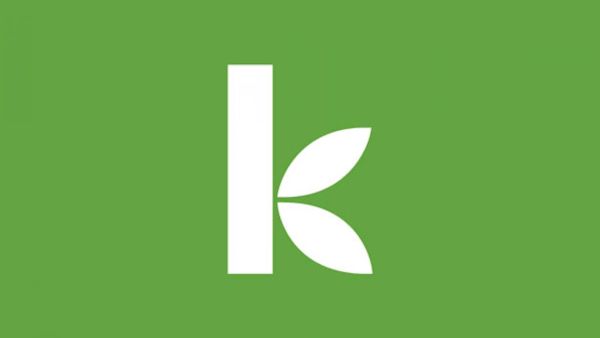
I was surprised to discover earlier this week that I have approached the halfway point of my Kiva fellowship. Upon this realization I was frustrated because of how little I still know about microfinance, development, and rural Cambodia and how little time I have left in my fellowship to advance my understandings on these topics.
That said, I am incredibly indebted to both Kiva and MAXIMA Mikroheranhvatho Co. Ltd to the exposure they have provided me to these issues. Short of complete rural immersion, I cannot imagine a more authentic and candid glimpse of the uphill battle microfinance institutions (and development organizations in general) face in “working together for the development of rural households” (to borrow shamelessly from my beloved host MFI’s new slogan).
I lack the expertise to title the following as truths, and the experience to even categorize them as opinions, but below are a few of the musings which cross my mind on a daily basis as I wander in and out of homes in rural Cambodia on the back of a motorbike:
Microcredit can actually reach people who otherwise would have no other access to credit. While many of the individuals I have interviewed have said they would have borrowed from a private bank and been able to swallow the higher interest rates those banks demand, a great many have explained that for them it simply isn’t an option. They do not have the transportation means to drive thirty kilometers to an office in Phnom Penh, nor can they afford the opportunity costs of taking at least one day off of work to apply for financial services in that office. They have no collateral and no financial expertise to navigate through Khmer banking laws or are gun-shy from predatory moneylenders. Microcredit- individual attention and services aimed to meet the entrepreneur where she is- truly is their only option.
Repeated lending to the same entrepreneur is not necessarily “dependency.” One of the criticisms of microfinance I have heard is that individuals who take out repeated microloans have entered into a cycle of dependency from which they cannot escape. I struggle to believe this. Many entrepreneurs borrow to expand a business which needs to grow based on demand or market opportunities. To withhold a microloan out of fear of “dependency” does not allow the business to scale to its potential. Other businessmen and women take out multiple loans in progressing size; their business is growing and thus needs more and more capital to continue its expansion. When they outgrow the services provided by the microfinance institution they then possess the capital and collateral to apply for financial services from a more formal bank. Formal, incorporated companies in both the west and the developing world undergo repeated lending- this process is crucial for the growth of any viable business.
Loans can have a tangible impact on the standard of living of an individual. I cannot count the number of times clients have told me that their income is significantly larger now than before they received their loan. An increase of $1 or $2 USD a day can often mean the difference between children attending school and children having to drop out and help their mother weave or assist their father in growing vegetables. It can mean the difference between a family sleeping every night in the rain and having a strong, durable roof over their heads, or a toilet instead of having to walk into the woods and dig a hole in the ground multiple times a day. These are incredible differences which to one family may be extremely real and very much appreciated.
Entrepreneurs in rural, developing economies are usually incredibly hard working. I say “usually” because just like everywhere else in the world people are unique- some industrious, creative, and dedicated, others lazy and indolent. That said, I have yet to meet a client whose livelihood, and whose children’s survival and future prospects, did not hinge on the number of hours she worked, the number of tomatoes she harvested, or the pieces of silk she wove that week. Certainly people throughout the world work incredibly hard to better the lives of themselves and their families, but the correlation between hard work and standard of living in the rural, informal economy is extremely direct. There are no government safety nets, no worker’s compensation, no paid sick days, no minimum wage, no food stamps, no overtime hours. Taking a day off for rest, finishing work early for a day is an option but for someone earning $3 or $4 USD a day it seriously impacts the amount of disposable income the family depends on for crucial expenses- food, water, and medicine.
Microfinance services are opportunities to better the lives of individuals with the utmost dignity. I believed this long before I stepped foot into “the field” but I firmly subscribe to this opinion now. In 95% weather along twenty-five kilometers of dust and sweat the loan officers of MAXIMA wear collared, button-up shirts and dress pants, they know the names and life stories of each of their clients (many of them were their neighbors as they often come from the provinces they now serve), and are personally invested in their business success. The interaction is professional, there are documents to be signed, records to be collected, and precise amounts of money at precise times to be owed. Both lender and borrower know this and want to take it seriously. Clients prepare the exact amount days before and anxiously await the arrival of their loan officer each month. “It is difficult to pay on time,” one woman told me. “But it is so important to me to be a good client.” Beliefs such as these are inherent in all people, regardless of cultural or economic backgrounds, and microfinance provides services which align with and honor these values.
To see all currently fundraising loans from MAXIMA on Kiva.org, please click here.
/>













